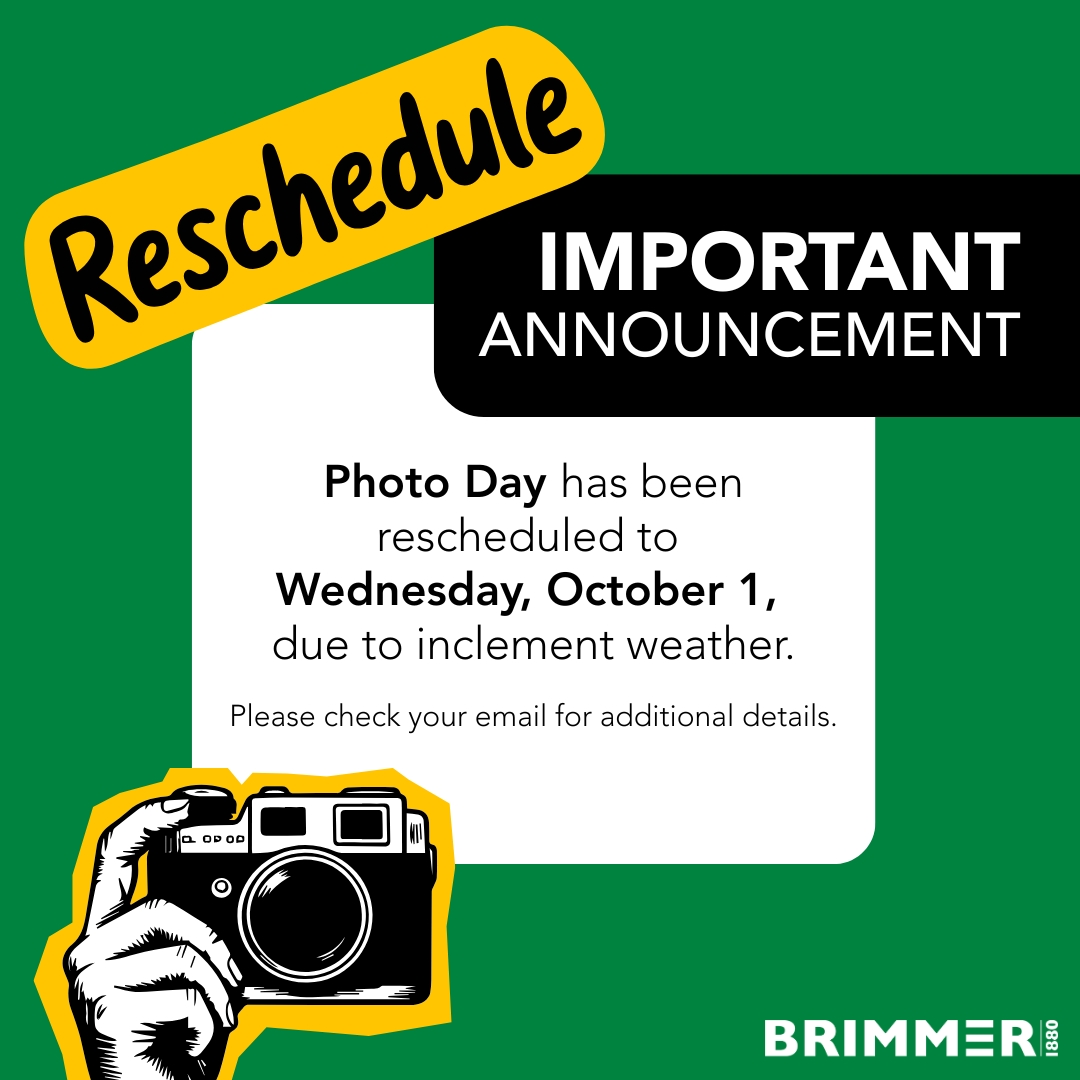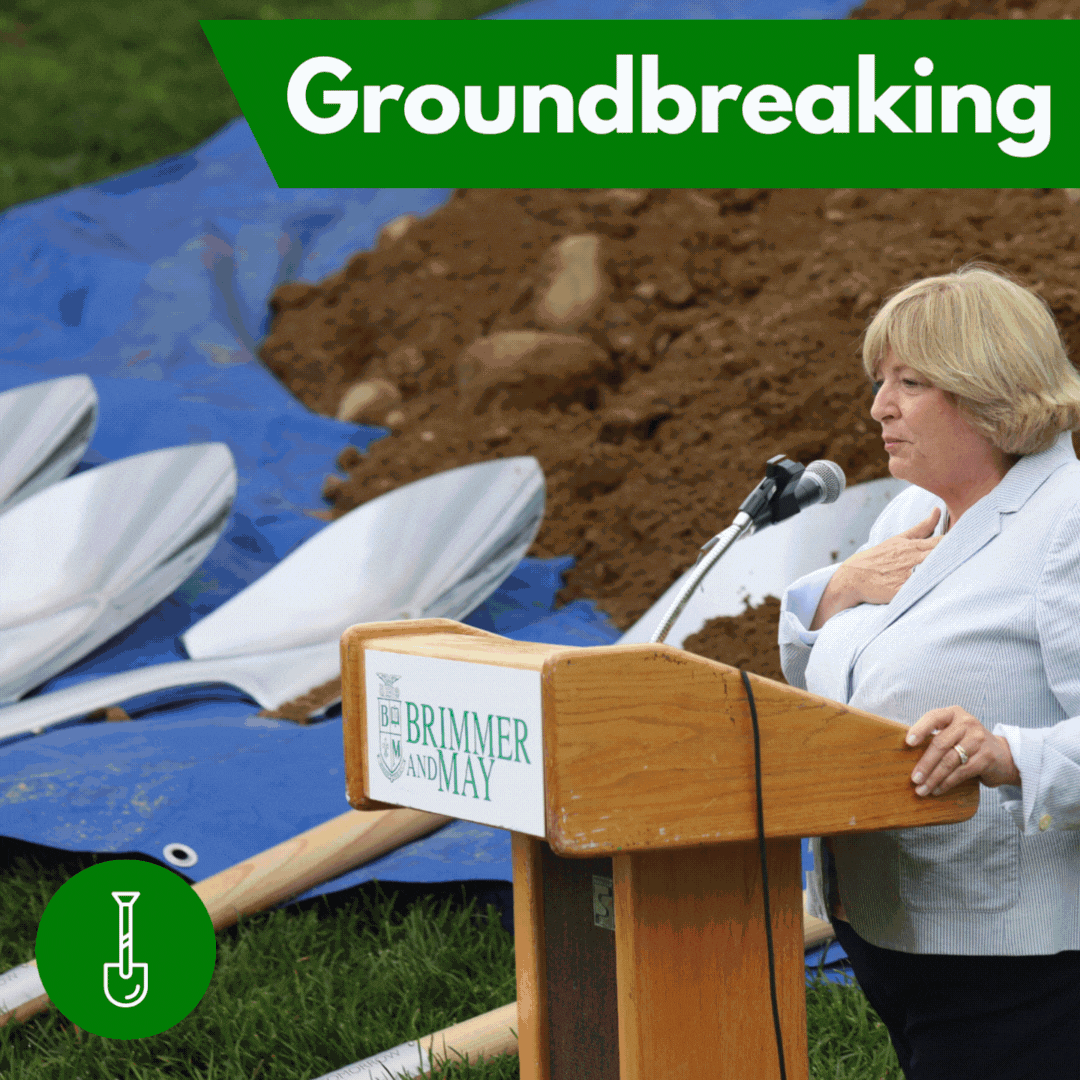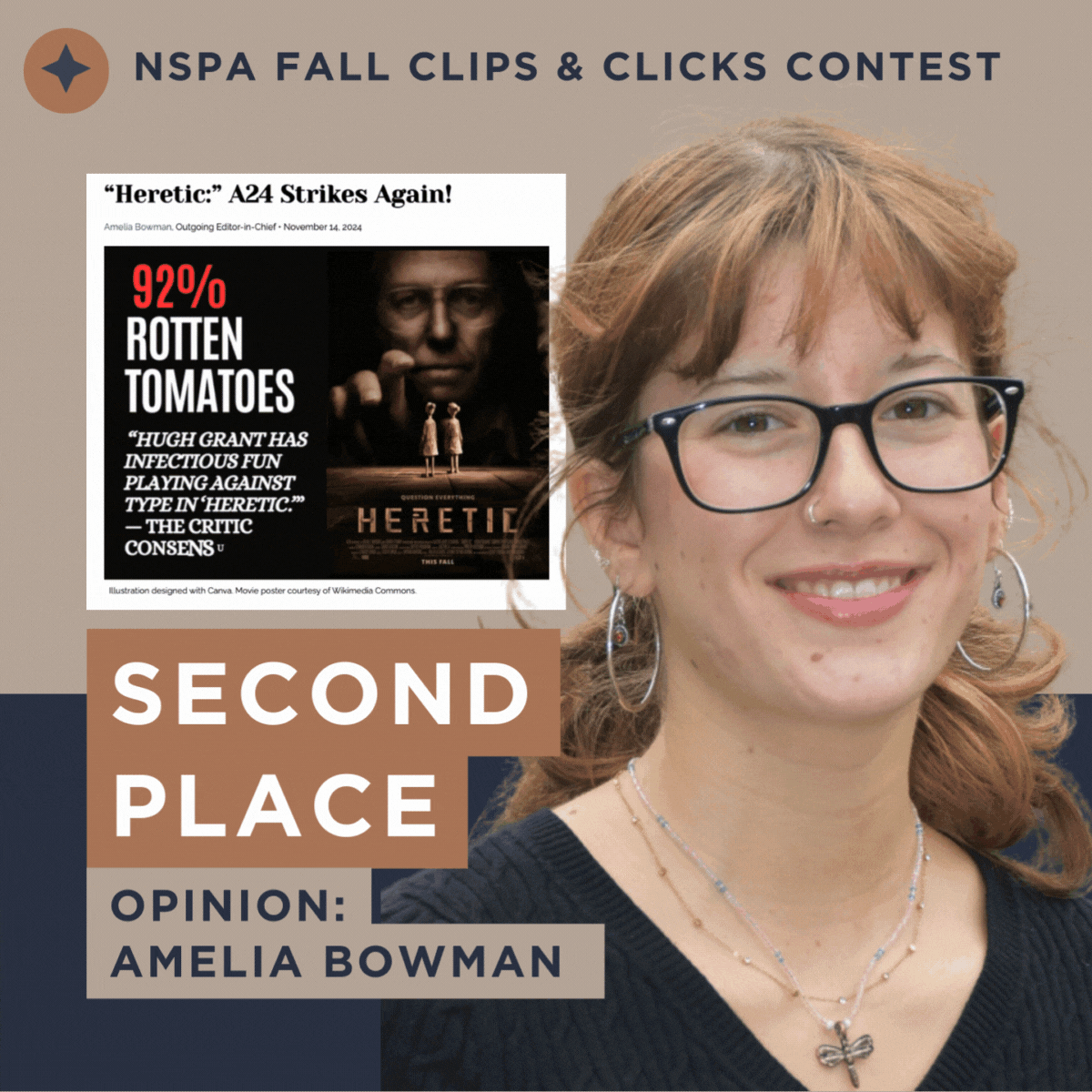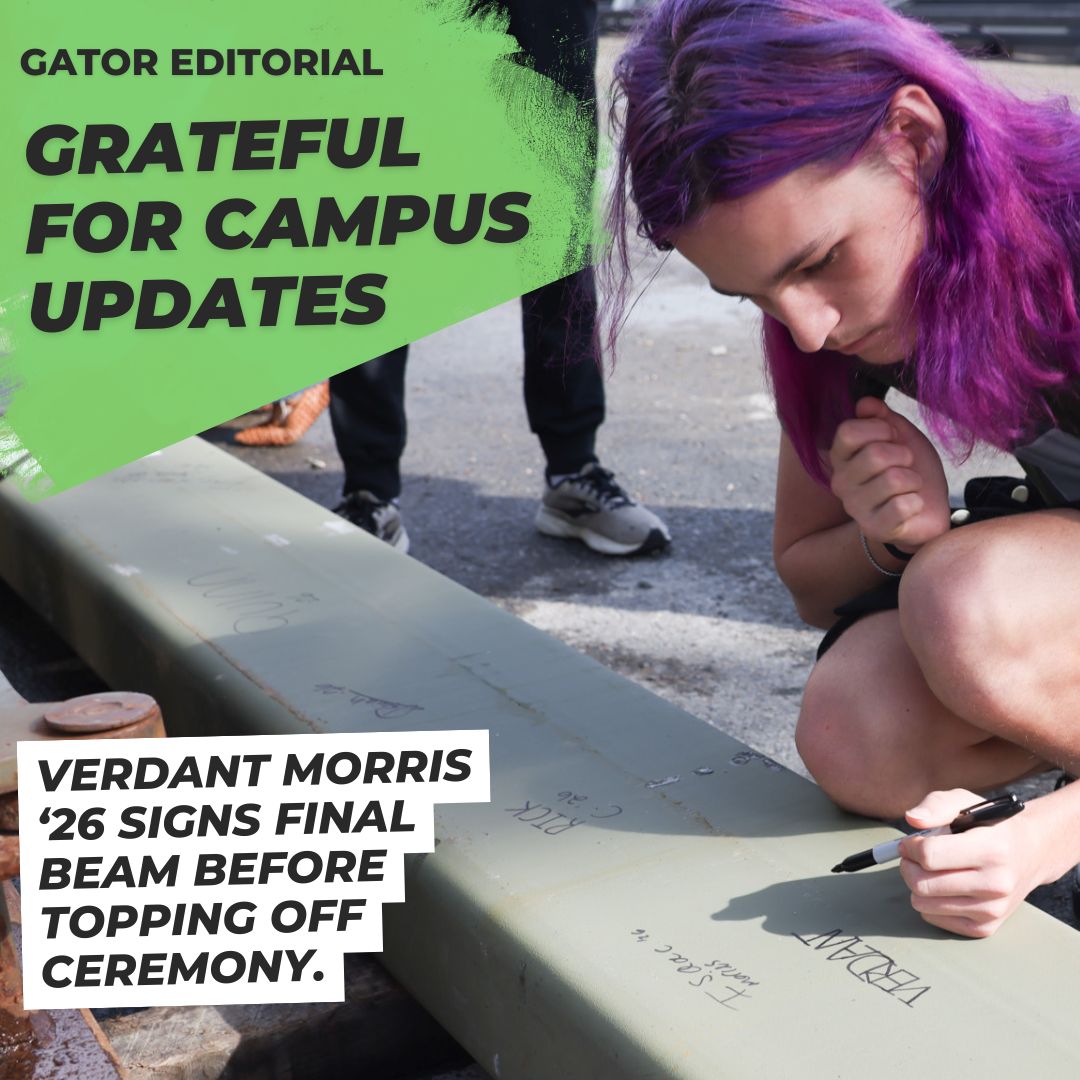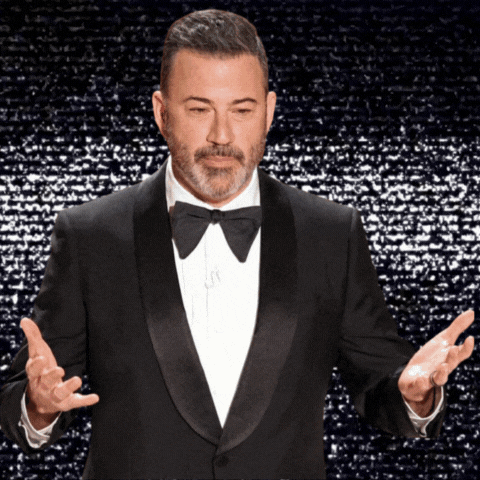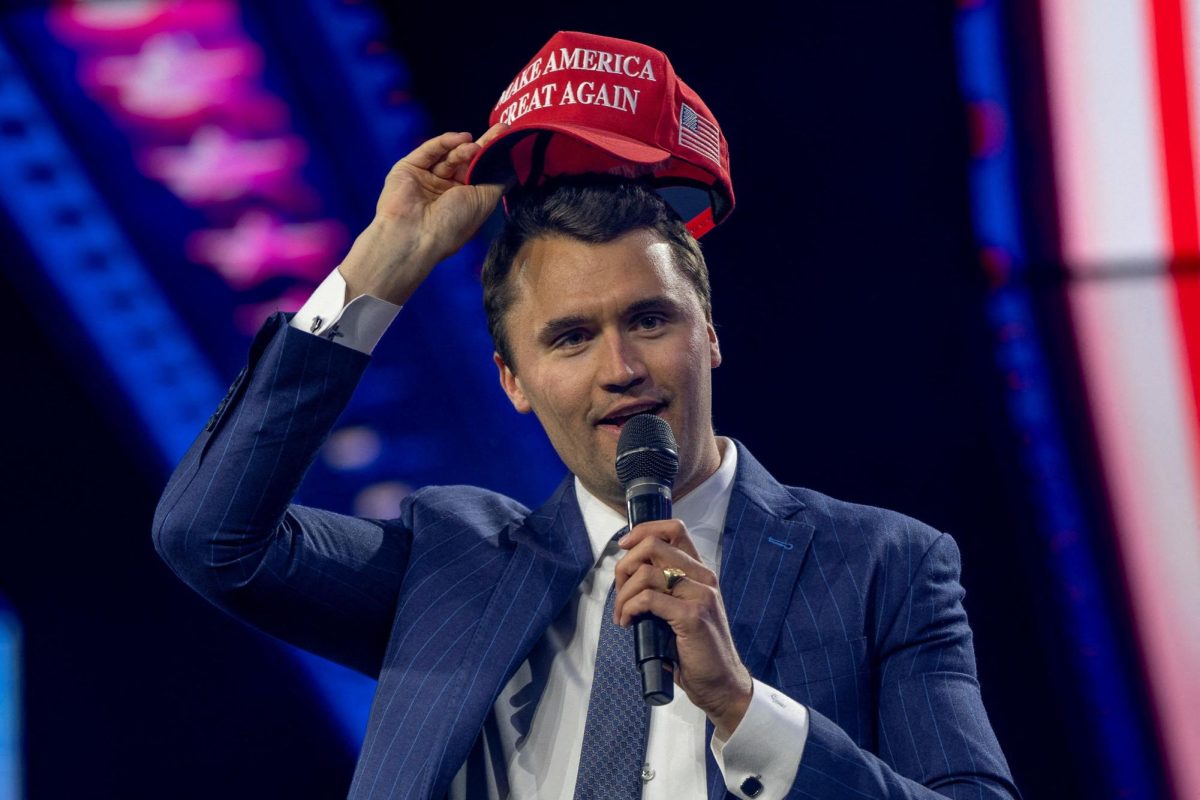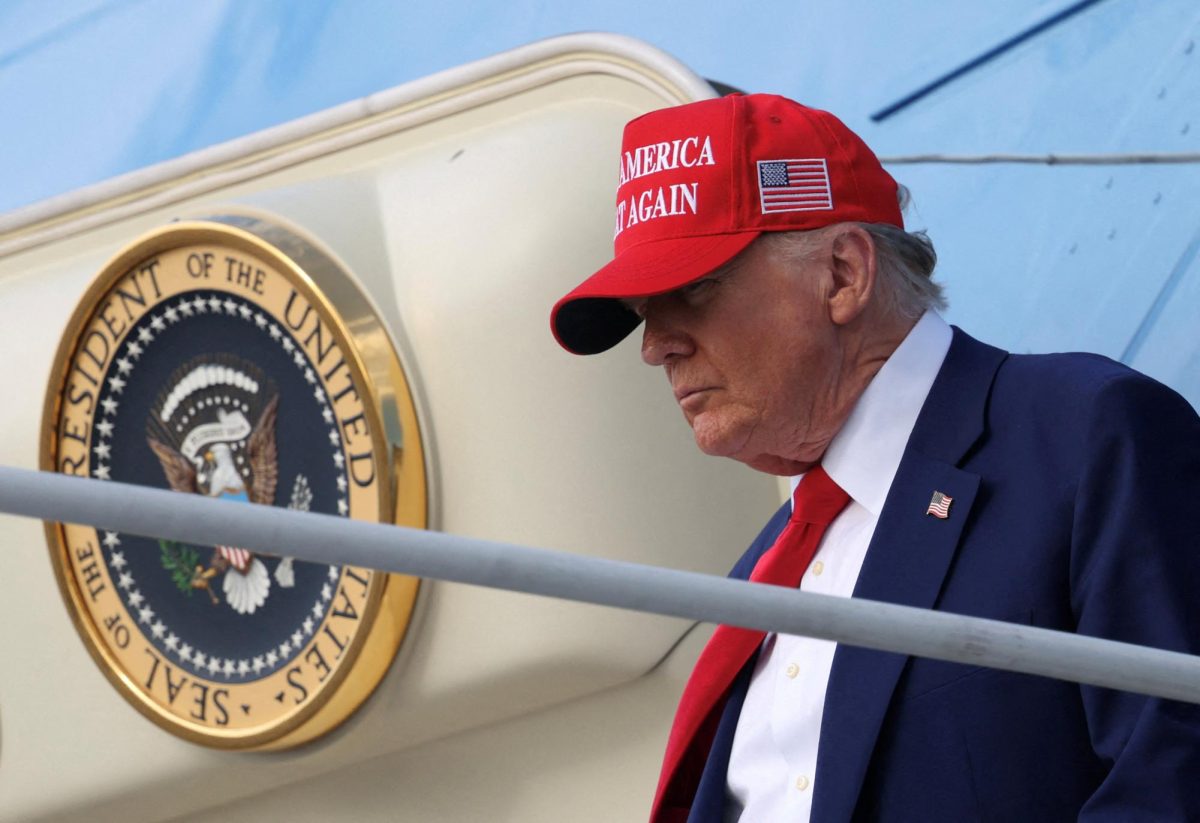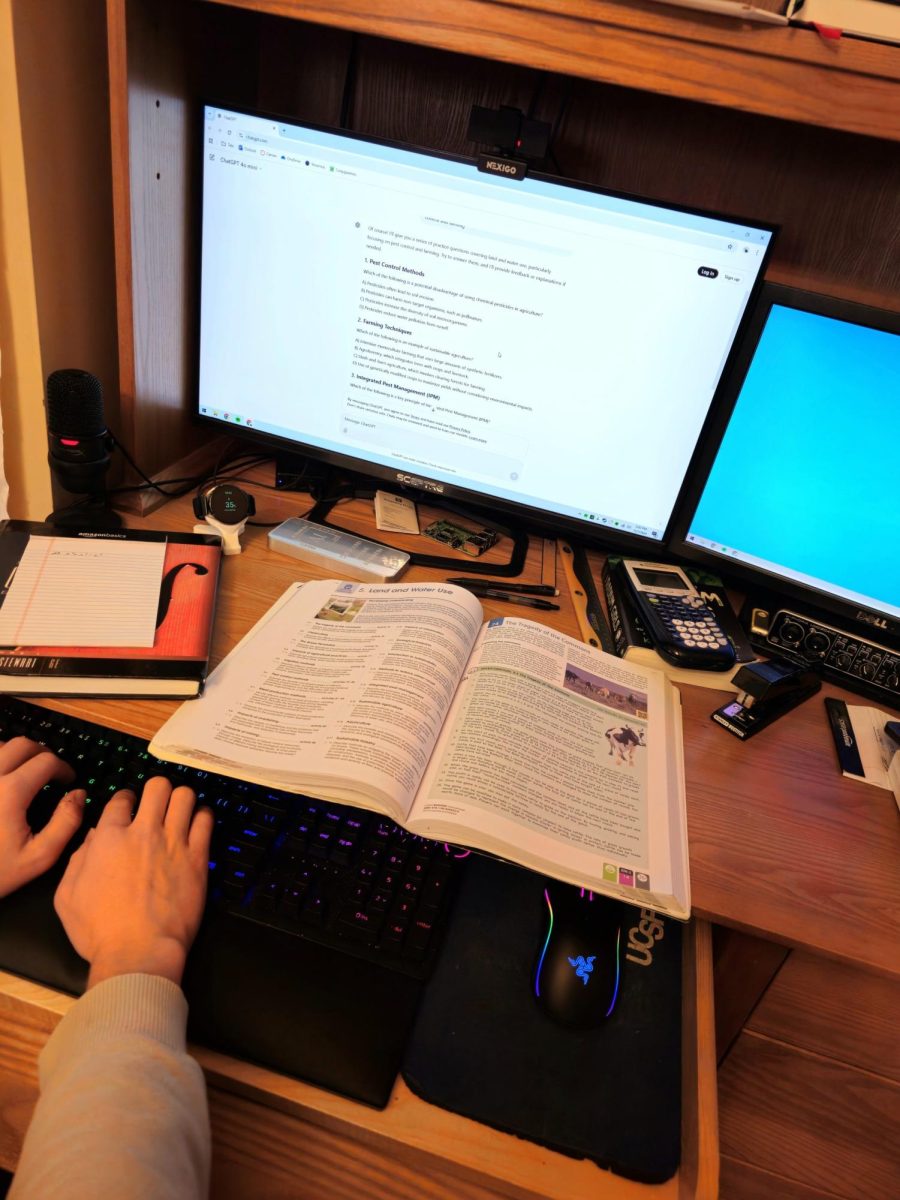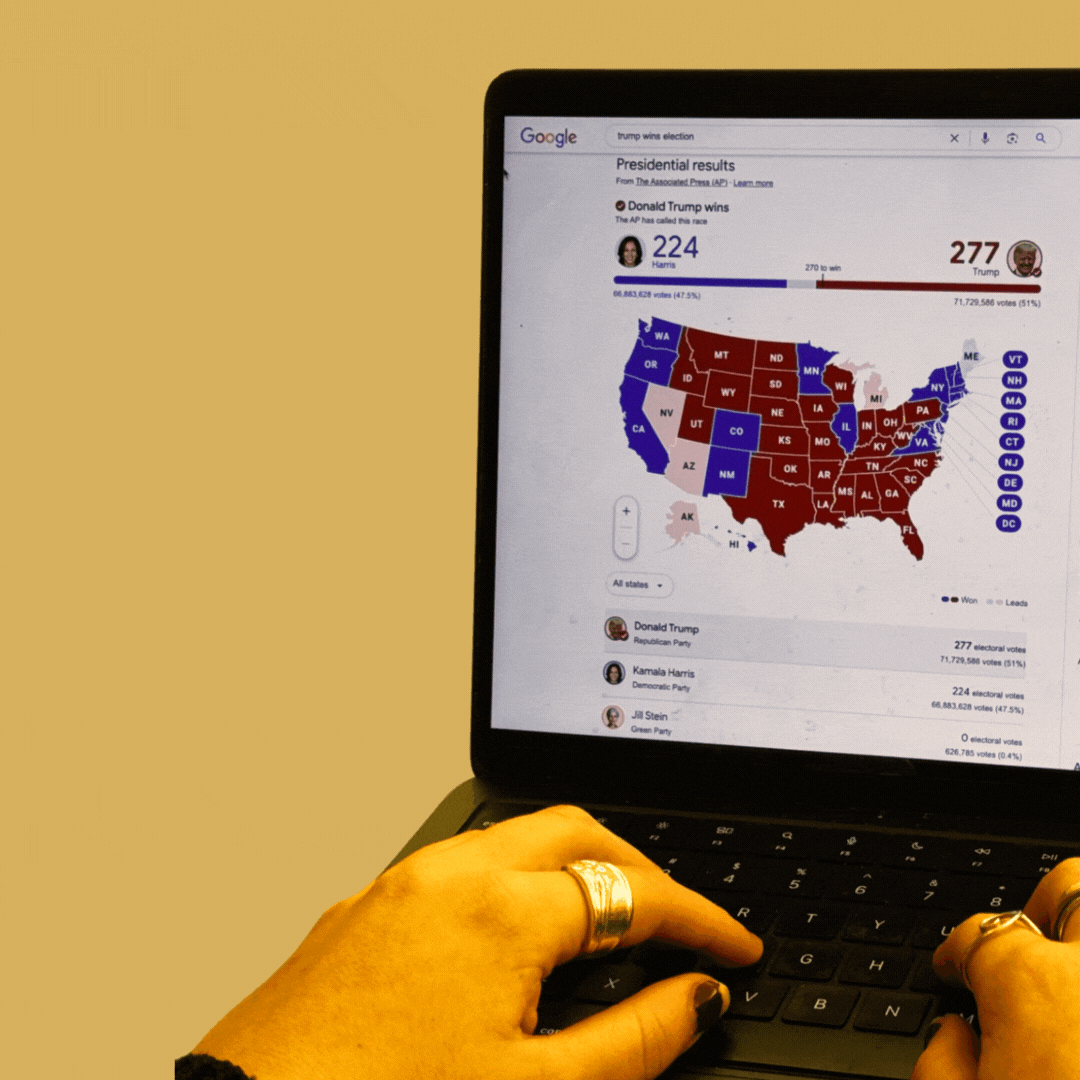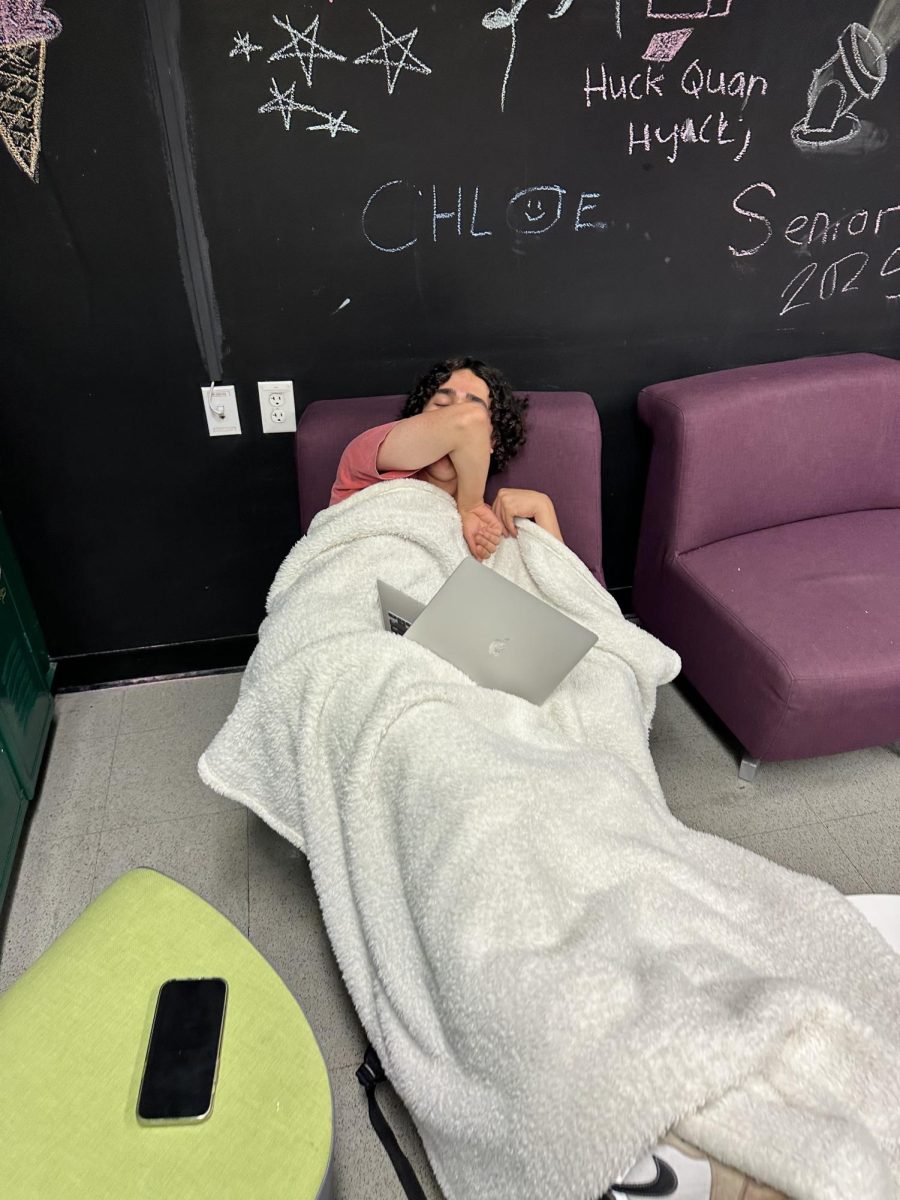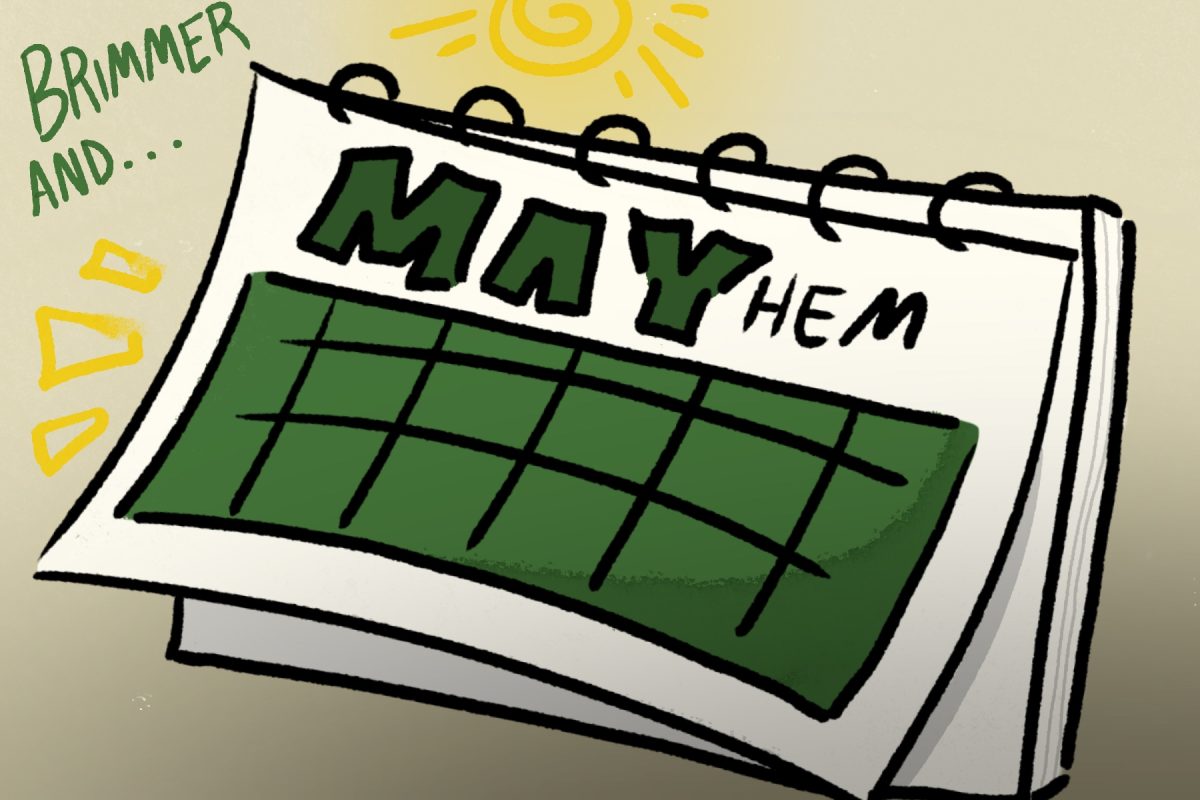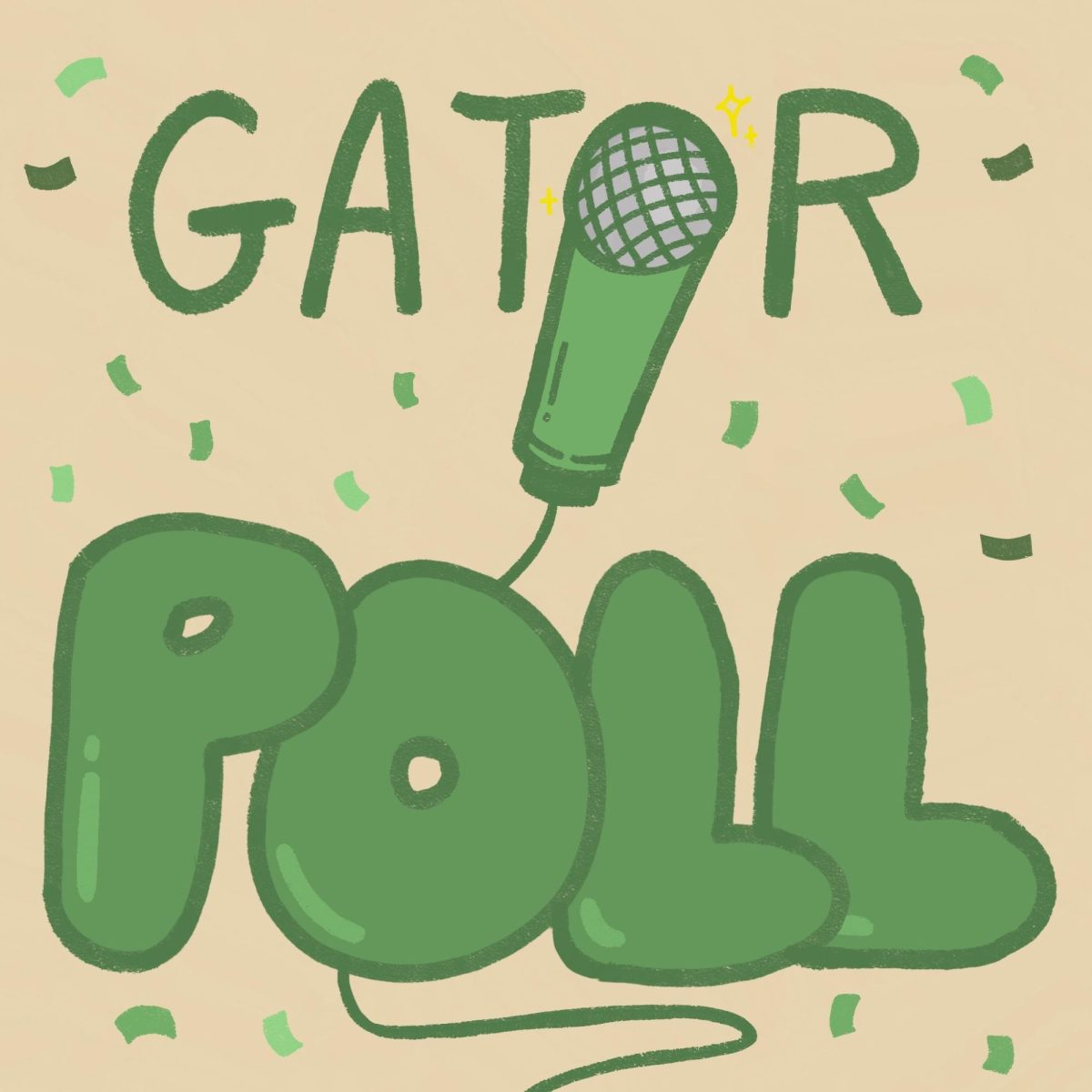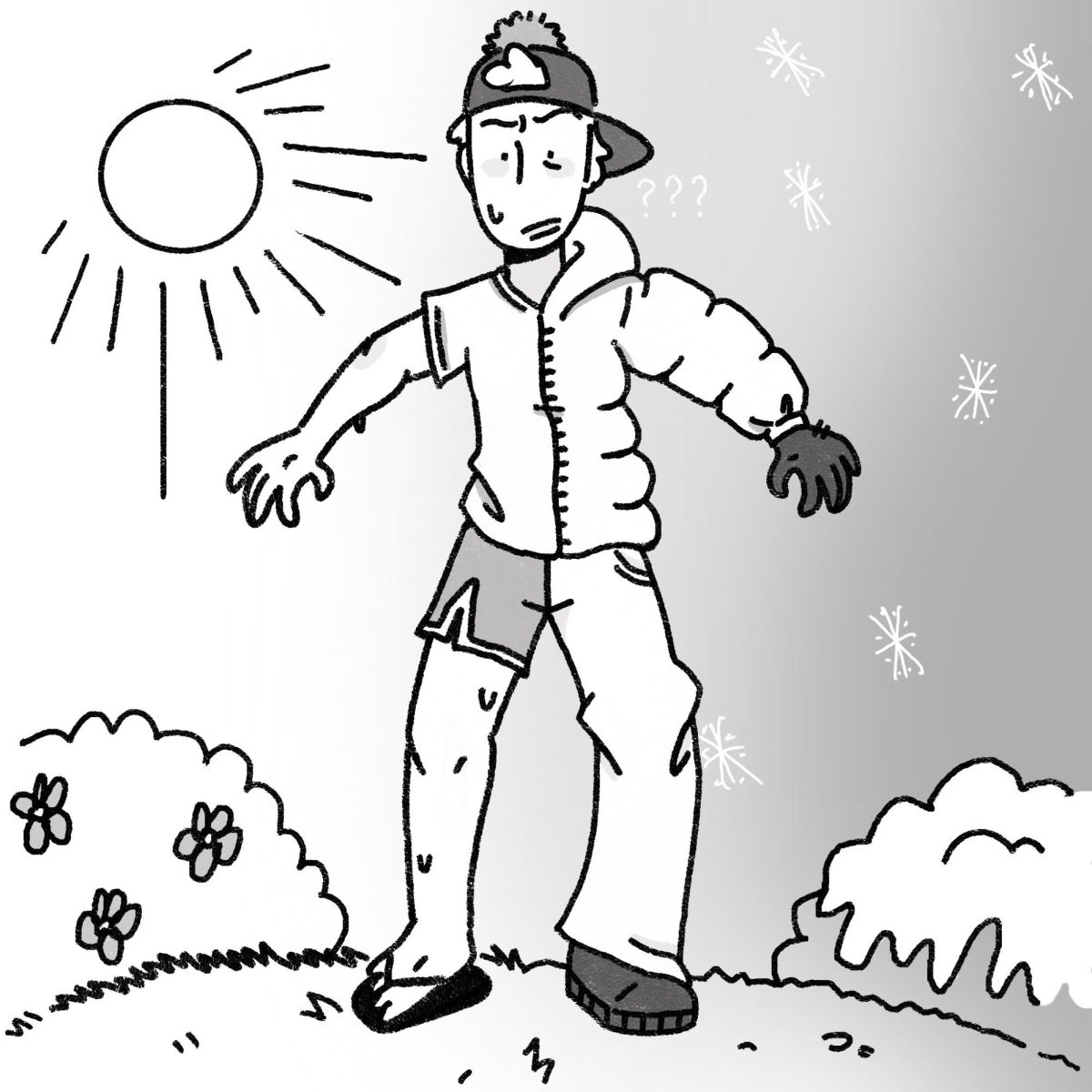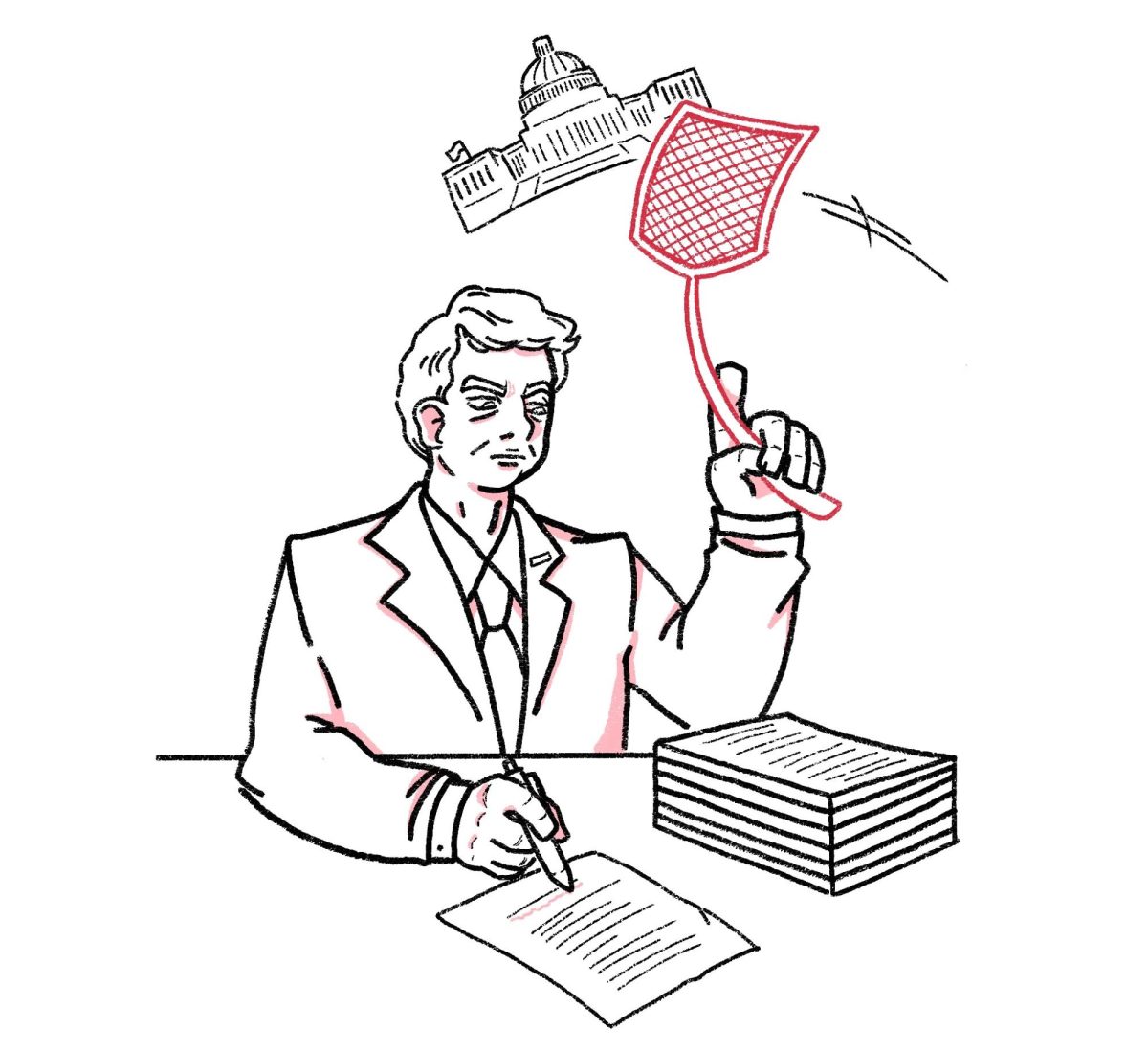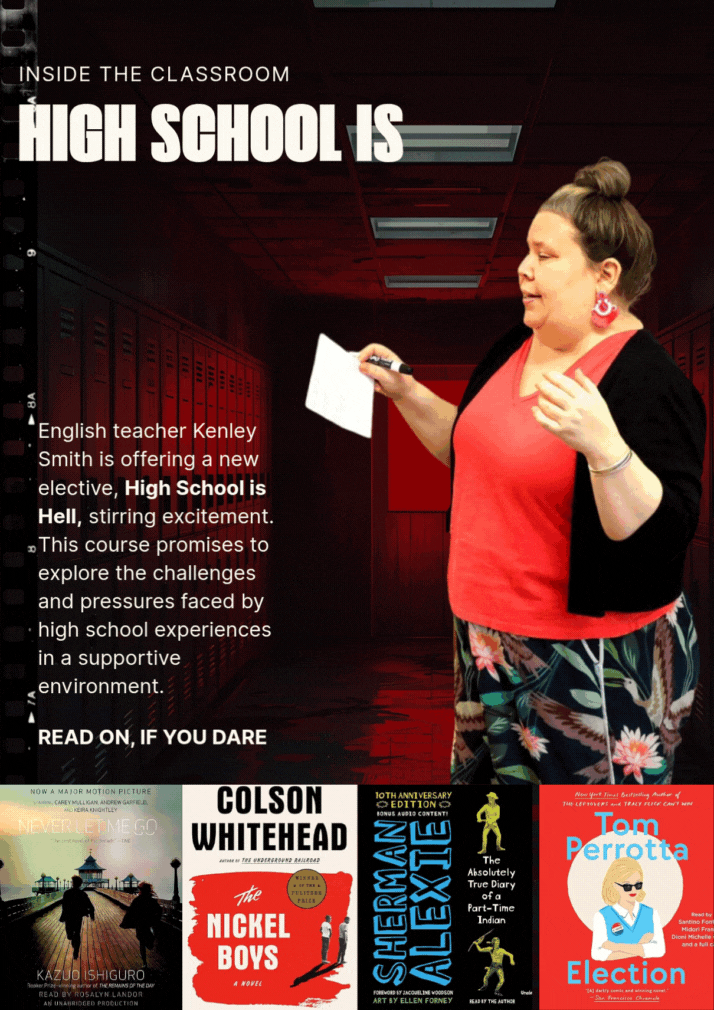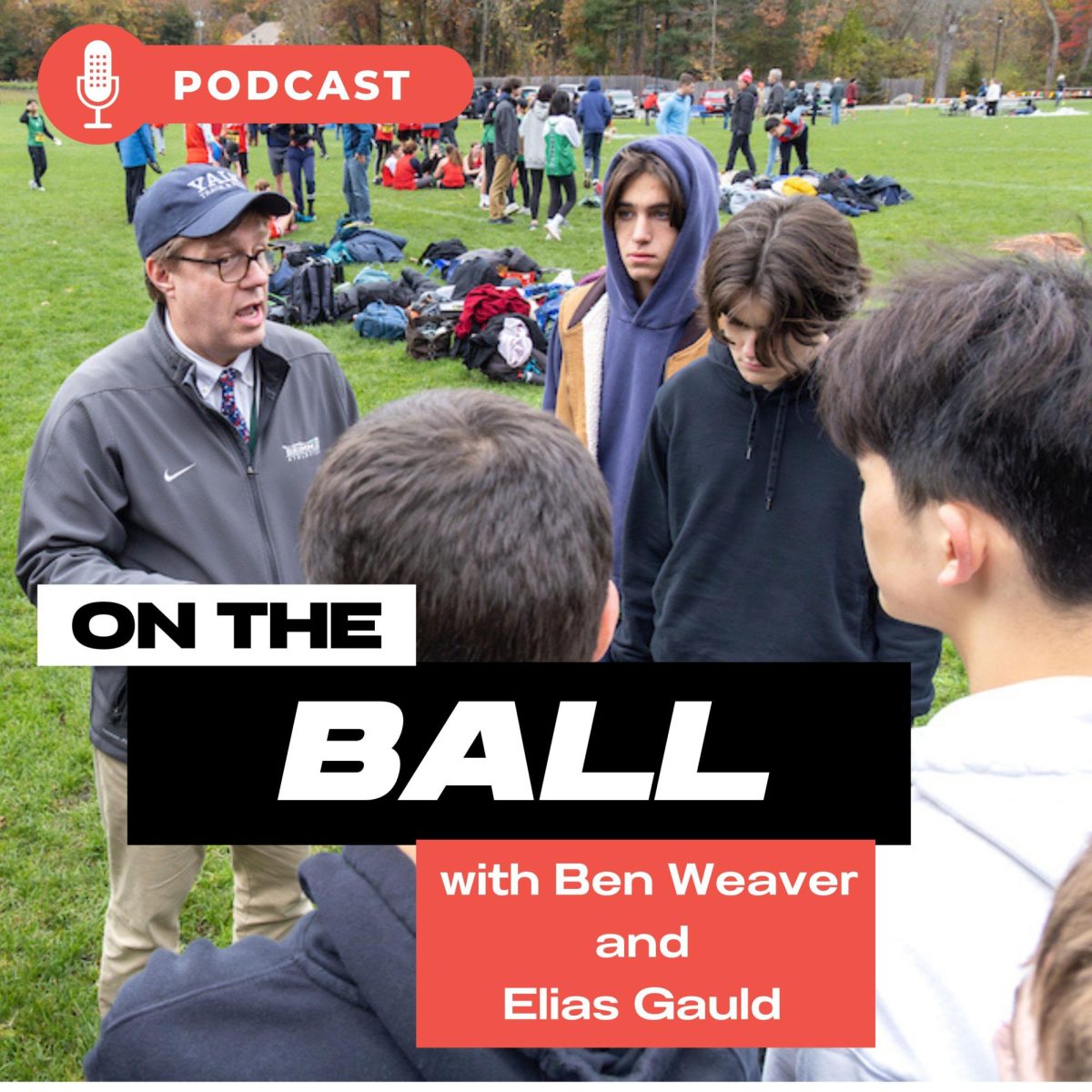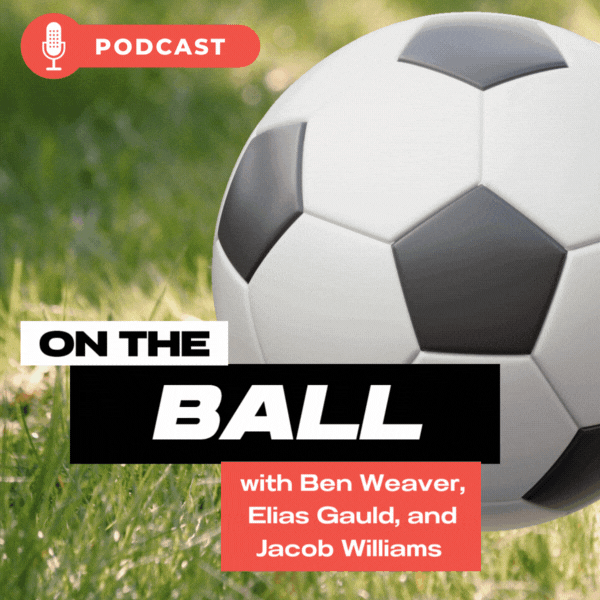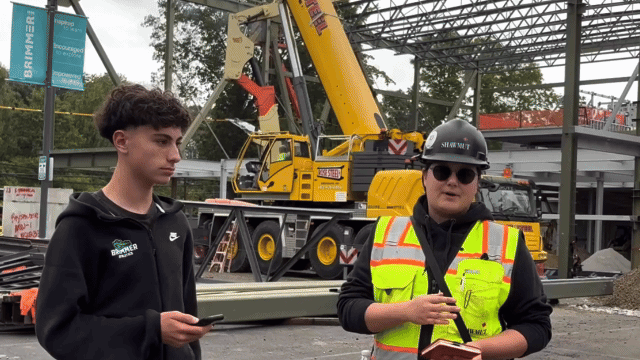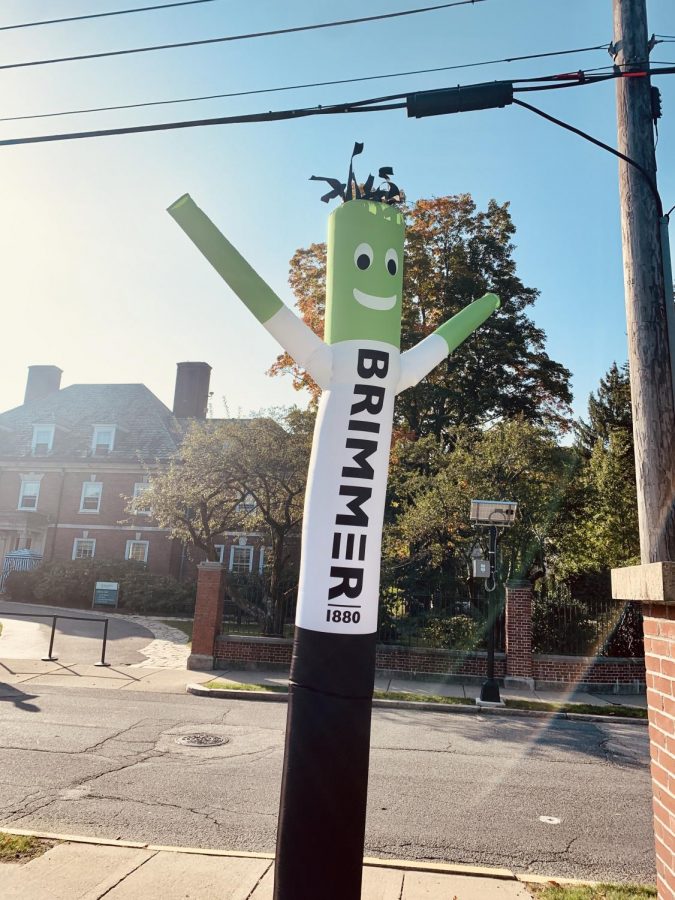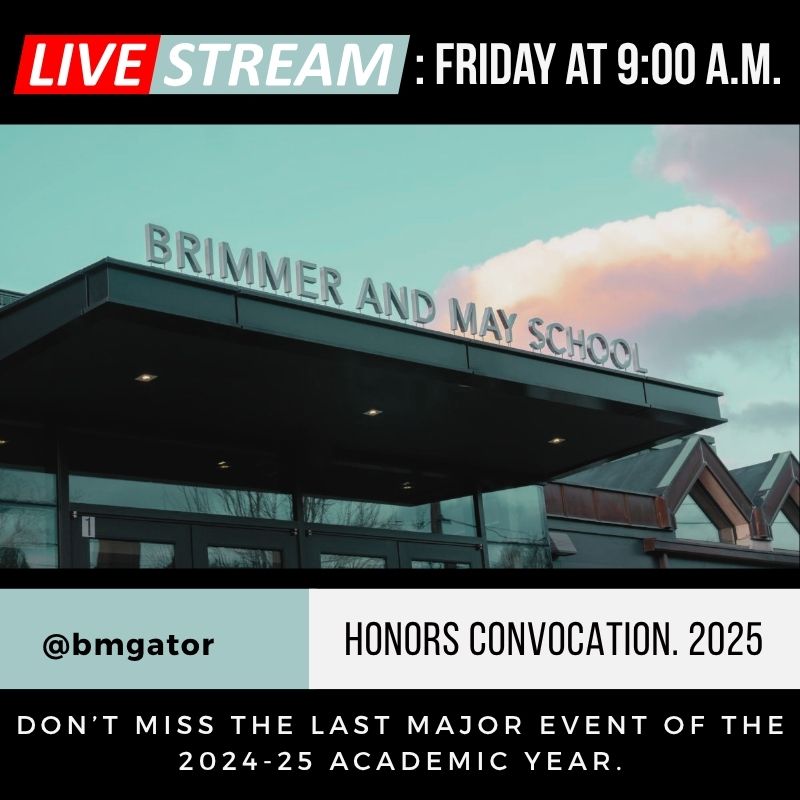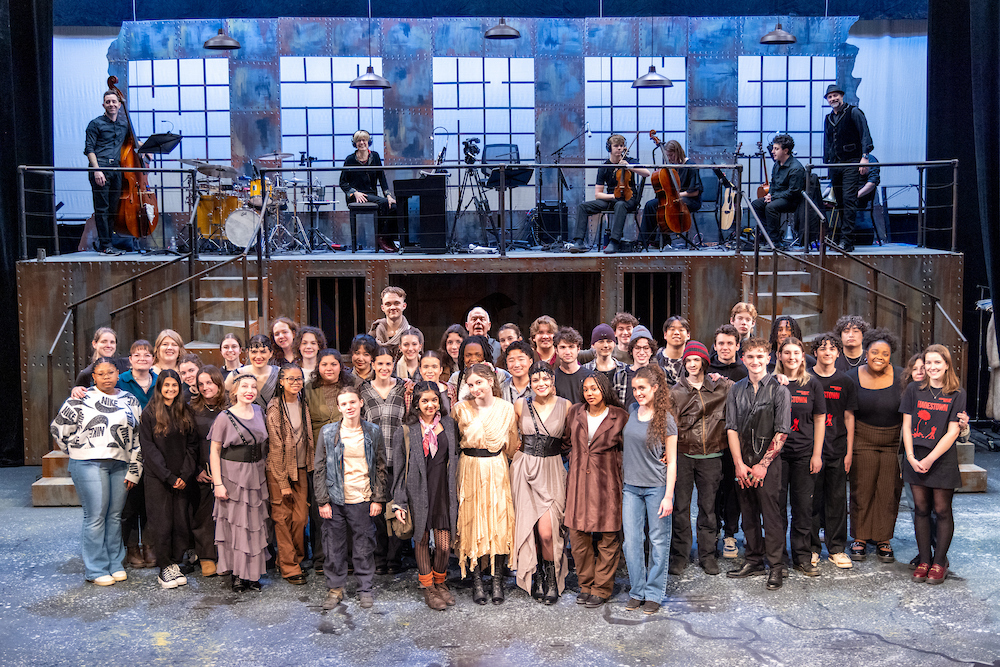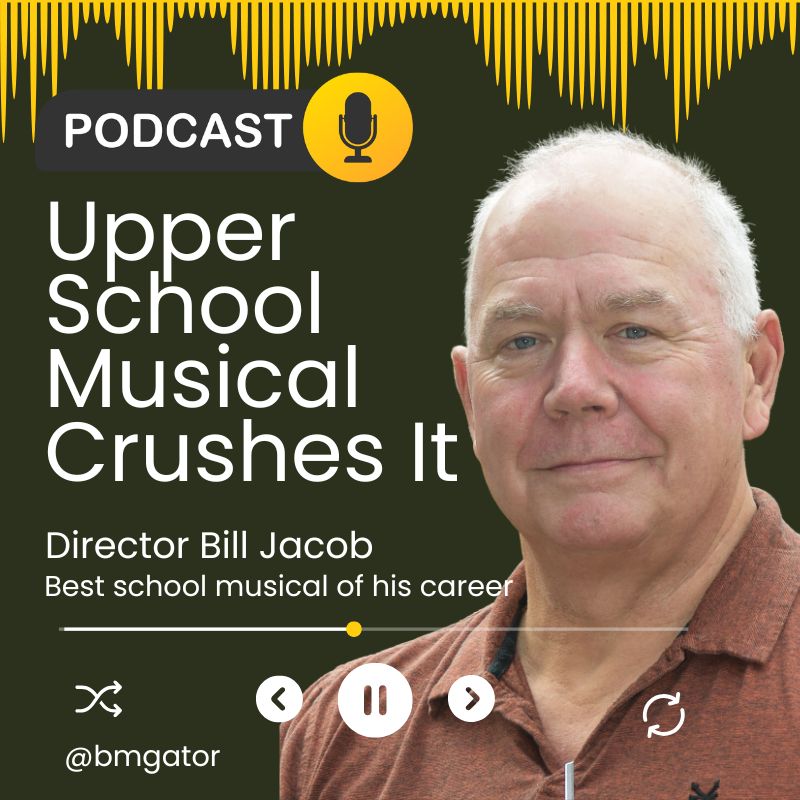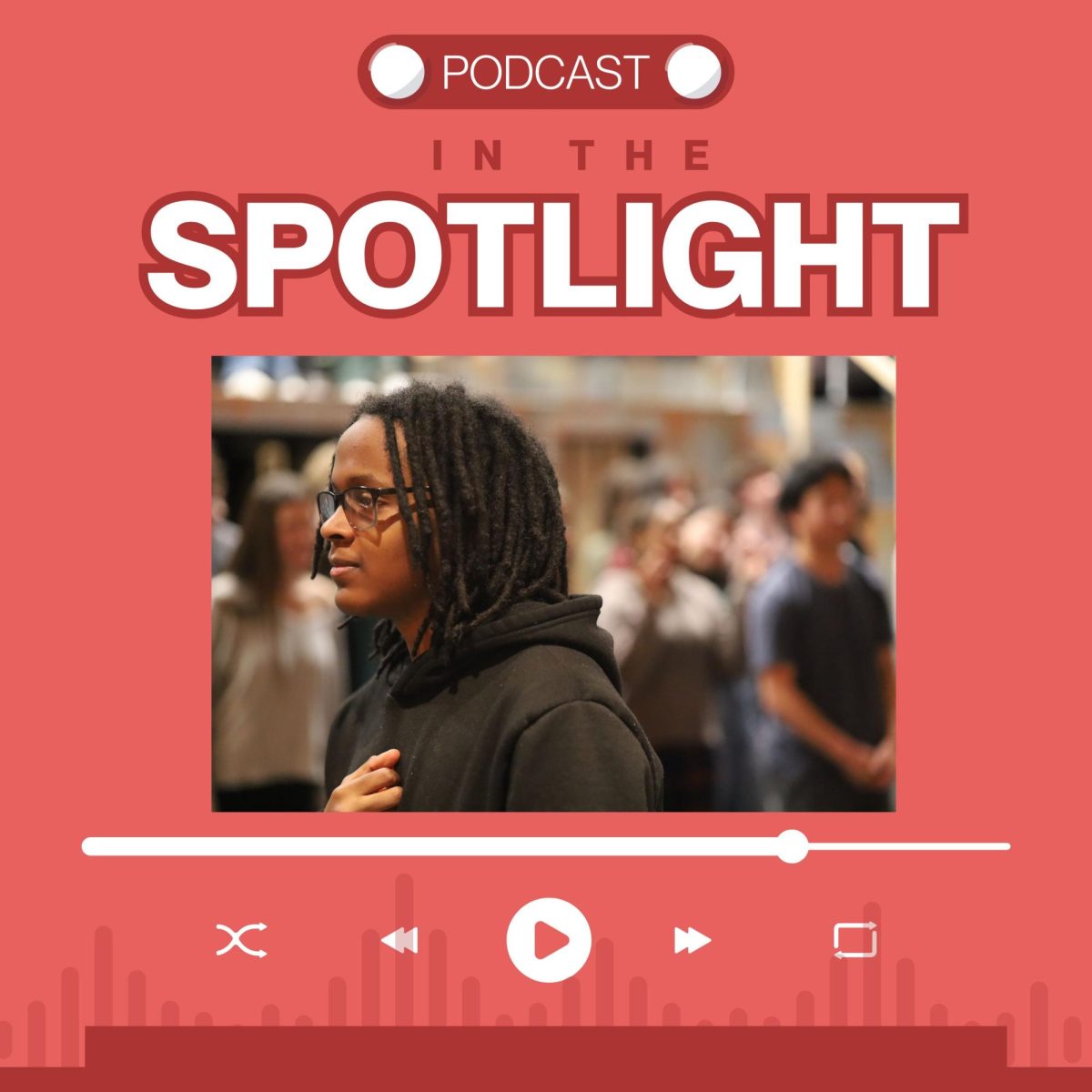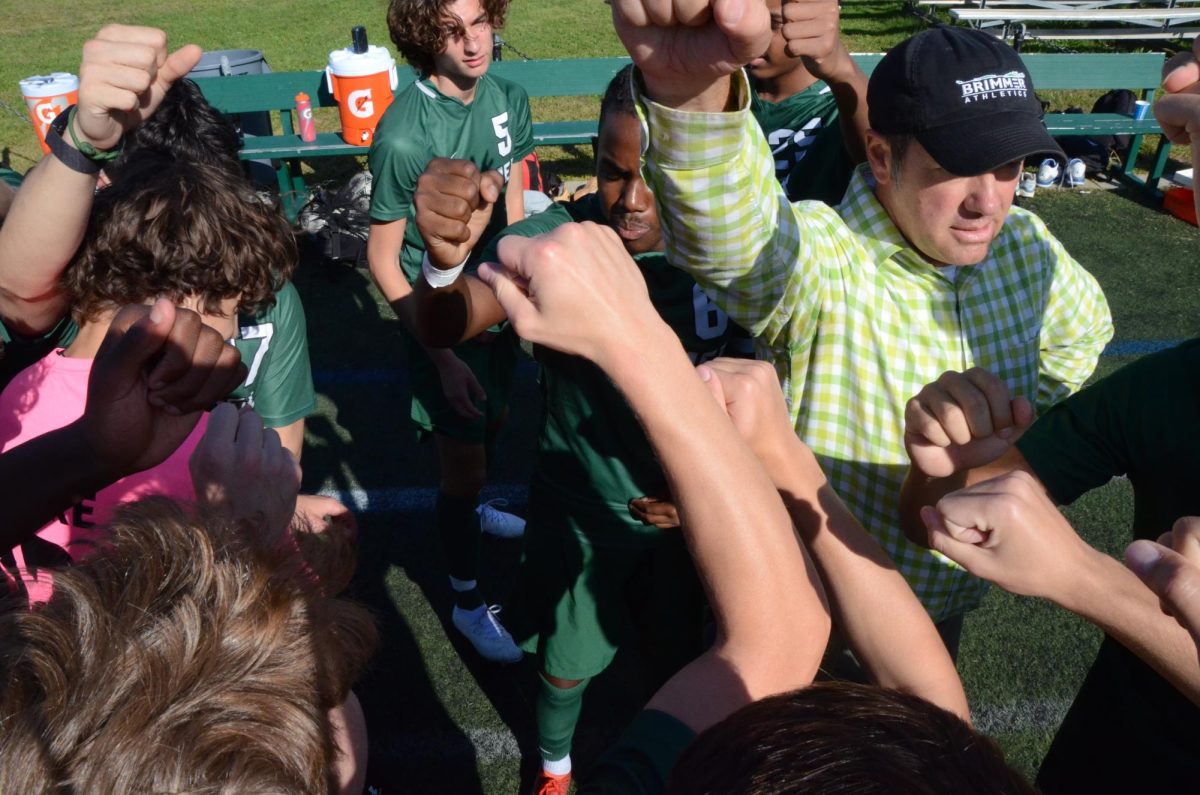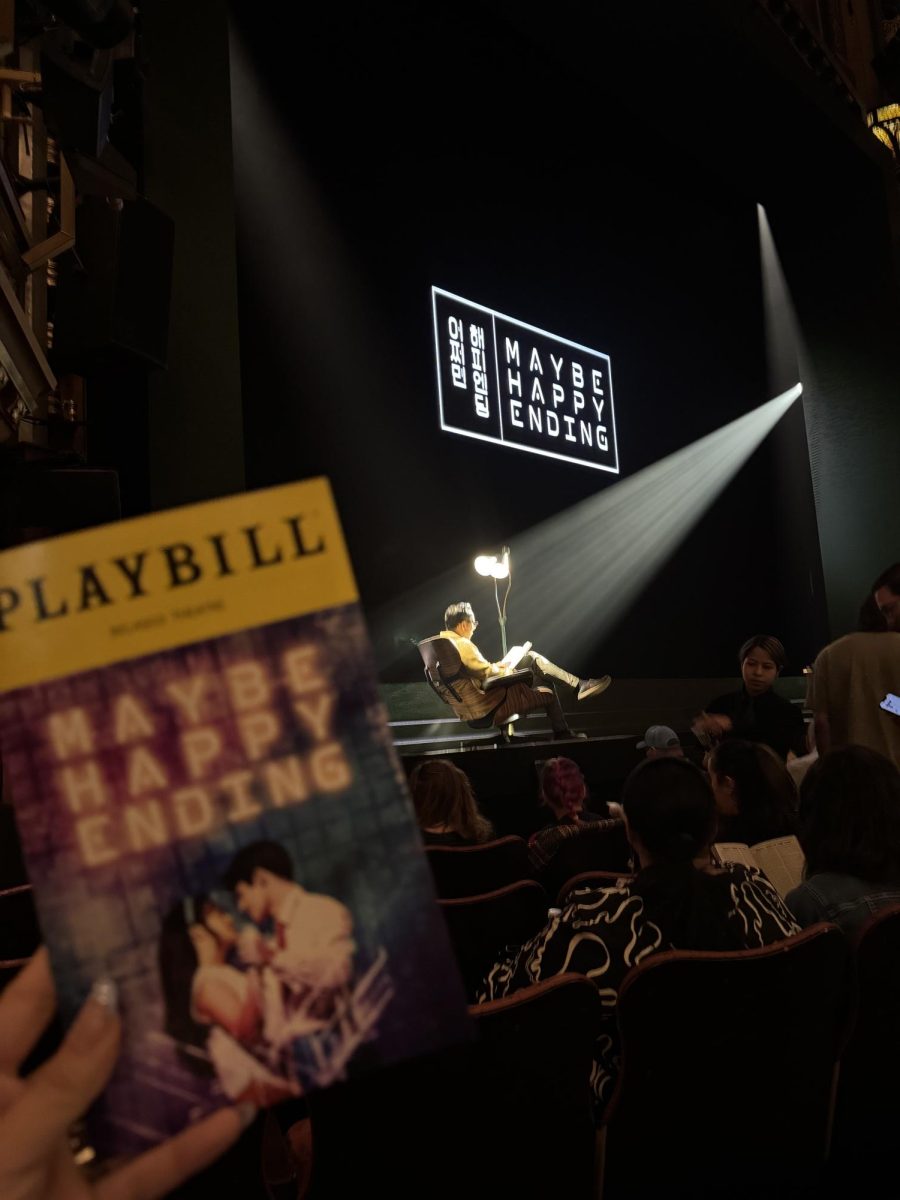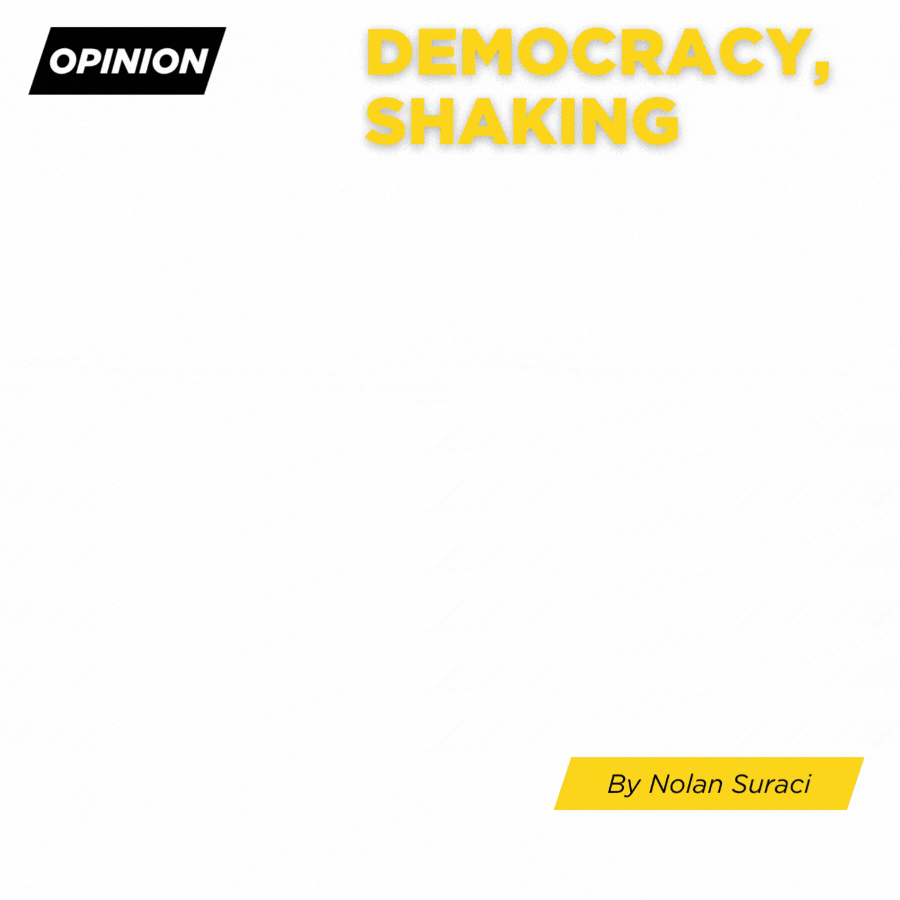
At 12:01 a.m. on October 1, the U.S. government slipped into darkness. Not from a natural disaster, but from Congress’s failure.
What many Americans brush off as politics as usual is a serious gamble: unpaid workers, closed public services, and power concentrated in one branch. A shutdown isn’t just a small mistake in the budget, but a test of whether our government can work at all.
The failed vote to extend federal funding left the government without money to operate. Consequently, thousands of federal workers are either suspended or told to show up without pay.
According to the Federal News Network, “hundreds of thousands of other federal employees will continue to work, temporarily without pay, for the duration of the shutdown.”
The partial shutdown doesn’t affect all workers the same way. Those called “non-essential” have been told to stay home, leaving offices empty and projects unfinished.
Those called “essential,” like air traffic controllers, border agents, and members of the military have to keep working without a paycheck. Calling this business as usual is an insult to the people just trying to keep things running while the system fails them.
“Even if you are entitled to back pay, a lot of people can’t go even a couple of days without their regularly scheduled paycheck,” said Dan Koh, the former Labor Department chief of staff.
Shutdowns slow or even stop vital public services. National parks close their gates. Agencies stop inspections and data collection. Scientists and researchers have to leave their labs.
Even open programs like Social Security or Medicare run short-staffed, delaying help. It’s the kind of slow breakdown that makes people start to lose faith that the government can actually help them.
For example, as Reuters reporter, over 4,000 U.S. flights were delayed on the Monday following the shutdown, with major impacts in Denver (29%), Newark (19%), and Las Vegas (15%) as air traffic control struggled to stay staffed during the shutdown.
And then there’s the bigger danger: power starts to collect in fewer hands.
During a shutdown, the executive branch decides who is “essential” and who isn’t. It decides which services keep going and which ones stop completely. Those choices aren’t neutral. When a president sees a chance to score politically by freezing projects or cutting programs, a shutdown turns into a way to make changes behind the scenes.
The impact goes beyond Washington. The last major shutdown in 2019 cost the U.S. economy about $11 billion, according to the Congressional Budget Office, and left hundreds of thousands of people without income. This time, the risks are just as bad. Air travel could slow as unpaid controllers struggle under stress.
Health agencies may cut more than half their staff, stopping research. Local economies around federal areas—from DC to small contractor towns across the country—will suffer when paychecks stop coming.
“Federal workers are’tired of being political pawns,” said Everett Kelley, president of the American Federation of Government Employees, which represents over 750,000 workers.
The human cost is immediate: rent checks bounce, bills go unpaid, and families scramble to get by. But the long-term cost might be worse. Programs that get stopped might never restart. Skilled workers who are tired of this cycle may quit, taking their knowledge and experience with them. A shutdown slowly eats away at the government from the inside.
What happens next depends on how long it lasts. If funding comes back soon, the damage will be painful but temporary. Paychecks will catch up, offices will reopen, and life will continue, at least until the next crisis. But if this shutdown drags on for weeks, the country will face more than just inconvenience: weaker agencies, unstable markets, and a public that starts to believe the government is just a stage for endless political fights.
Funding the government is Congress’s most basic job. To fail at it is to walk away from their duty to the people who sent them to Washington. Those in power may think political standoffs make them look strong, but it’s ordinary workers, families, and the trust in our institutions that pay the price.
A government shutdown makes democracy feel smaller, when leaders like Trump mix up the difference between power and responsibility. The government needs to reopen–and once it does, we have to make sure it cannot be shut down again.







